- Nanjing Transportation accelerates transformation and upgrading, and increases transportation network construction
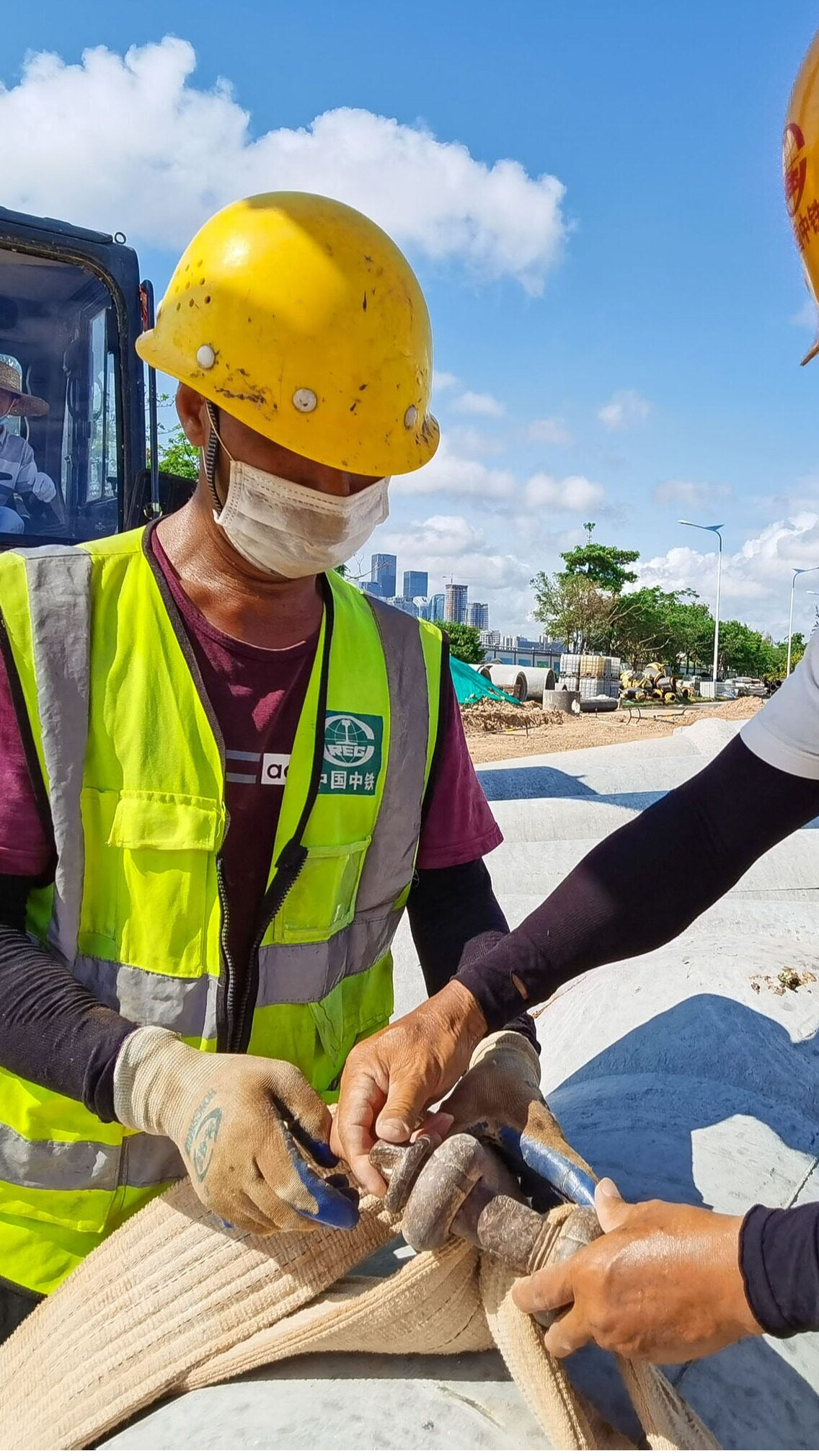
To promote common prosperity and transportation first, in order to accelerate the construction of a strong transportation country, on the morning of October 21, the third session of the special press conference of Nanjing’s "14th Five-Year" key special planning series was held. Interpretation by Wang Chengjiang, Secretary of the Party Committee and Director of Nanjing Transportation Bureau "Nanjing City's "Fourteenth Five-Year Plan" Comprehensive Transportation System Development Plan" (hereinafter referred to as "Plan") related information. The reporter presents this table of transportation "feast" from multiple levels such as highways, railways, and aviation.
The main target tasks have been scheduled for about 120 transportation infrastructure construction projects
Wang Chengjiang introduced that during the "14th Five-Year Plan" period, the main tasks of Nanjing's transportation were summarized and refined as: "234" project, namely: focusing on two major positions, advancing three changes, and implementing the "four hundred billion" project.
The two major positionings are: an international comprehensive transportation hub and an advanced model city with a strong transportation country. The three transformations are: the independent development of each mode to more focus on integration and integration, from the pursuit of speed and scale to more focus on quality and efficiency, and from relying on traditional factors to focus more on innovation-driven transformation. The four hundred billion yuan is mainly developed around railway construction, highway construction, rail transit, and hub ports. In five years, Nanjing has scheduled a total of about 120 road, rail, water and air transportation infrastructure projects, with a total investment of about 400 billion yuan. During the 13th Five-Year Plan period, investment has doubled.
By 2025, a modern comprehensive transportation system that is safe, convenient, efficient, green, and economic will be basically completed, and the modernization of transportation will be basically realized. The integration, internationalization and modernization of transportation will be significantly improved, and it will be an international comprehensive transportation hub city. Establish a basic pattern with the advanced demonstration city of a powerful transportation country, and guide and support the construction of a "innovative city and a beautiful ancient capital".
Reviewing the "Thirteenth Five-Year Plan", Nanjing's track mileage ranks sixth in the country
During the "Thirteenth Five-Year Plan" period, Nanjing's transportation infrastructure construction has achieved impressive results. Wang Chengjiang said that the "Thirteenth Five-Year Plan" is the five years in which Nanjing has the largest investment scale, the best investment efficiency, the best development quality, and the highest satisfaction among the people. Nanjing has basically formed an open and accessible, safe, convenient, cost-effective, green and intelligent integrated transportation system, and all planned indicators have basically achieved the expected goals. The transportation construction completed investment of 203.5 billion yuan, drove more than 530 billion yuan of GDP, provided more than 1 million jobs, and provided strong support for the high-level and comprehensive construction of a well-off society.
In terms of infrastructure, during the "13th Five-Year Plan" period, Nanjing's multi-level rail transit network was accelerated, and the construction of the "M-shaped" high-speed rail was accelerated. The high-speed integrated road network has been continuously improved, the area density of expressways ranks first in the province, and the urban express loop line of "Tac-Tac Inner Ring + Ring Road Ring" has been closed. The construction of crossing the river is accelerated, and the number of constructions in five years is the sum of the previous ten years. A breakthrough has been made in the construction of a regional shipping logistics center, and the port's throughput and throughput have both entered the "200 million ton level" line. Lukou Airport has realized the joint operation of dual terminal buildings, and the national airport economic demonstration zone has been approved.
Explain the "14th Five-Year" transportation plan in detail
Railway: Implementation of the Ning-Wu Railway expansion and reconstruction project, planning the construction of the maglev railway. The reporter learned at the press conference that during the "14th Five-Year Plan" period, Nanjing will speed up the improvement of the "M-shaped" high-speed rail network, build the Ninghuai Railway, the Nanyanjiang Railway, etc., and start the Shanghai-Yucheng High-speed Railway, Ningxuan Railway, and Yangzhen-Ningma Railway. And other items. Continue to build and complete the Nanyanjiang Railway and Ninghuai Railway. The Shanghai-Chongqing-Chongqing High-speed Railway (North Yanjiang), Yangzhen-Ningma Railway, and Ningxuan Railway will be launched, and the construction of the Ning-Chu-Beng Railway and Nanjing-Guangde-Hangzhou Railway (Ning-Hang Second Corridor) will be started. In addition, Nanjing will also plan ahead for the construction of a high-speed maglev railway.
In addition, Nanjing will also focus on improving the freight transport function of general-speed railways, implement the Ning-Wu Railway expansion and transformation project, and make a good reserve of the Qixianghe Highway and Railway Joint Cross-river Passage Project. Reserve the high-speed rail express logistics base connection conditions at Nanjing North Railway Station. By 2025, the mileage of high-speed railways will reach 331 kilometers, an increase of nearly 100 kilometers from 2020. This will greatly enhance Nanjing's first position as a central city, reaching the Yangtze River Delta and the province's districts and cities within 2 hours, and the high-speed railway operating mileage will reach 331 kilometers.
Subway, intercity: Metro Line 18 is also coming, and it can be reached within one hour within the metropolitan area. During the "14th Five-Year Plan" period, Nanjing will build a "Nanjing Metropolitan Circle on Rails" to create a metropolitan rail transit system that is interconnected, interactive and convenient for commuting. By 2025, the "Nanjing Metropolitan Circle on Rails" will be basically completed. The metropolitan area will be accessible within one hour, the average commuting time in the central city will be within 45 minutes, and the operating mileage of rail transit will exceed 570 kilometers (including trams).
At the metropolitan level, the Ningju intercity and the southern extension of Ningtian intercity will be continued. Newly built Ningma Intercity, Ningyiyang Intercity, and Ningchu Intercity. In terms of urban rail, the north extension of Line 1, the west extension of Line 2, Line 5, Line 6, Line 7, Line 9, Phase 1 of Line 10, Phase 2 of Line 10, and Phase 2 of Line 4 will be continued. Newly build the third phase of Line 3 and the first phase of Line 11. Reserve City Line 18.
Highways: The construction of high-speed loops in the metropolitan area and inter-city "broken roads" are basically eliminated. During the "14th Five-Year Plan" period, the reconstruction and expansion project of Ninghe Expressway and the reconstruction and expansion project of Ningma Expressway will be completed. Construction of Gaochun to Xuancheng, Nanjing to Chuzhou, Nanjing to Hexian, Nanjing to Yancheng, Nanjing to Guangde Expressway (radiating metropolitan area); Yilu Expressway Longtan Bridge to Section G42, Nanjing Metropolitan Circle Ring Expressway Lukou to Quanjiao Section, Yilu Expressway G42 to Lukou Airport Section (to construct a high-speed ring road in the metropolitan area). In addition, the Ningxuan Expressway Lishui Section expansion project, the Nanjing-Huangshan Expressway and other project preliminary work will be initiated; the layout of highway toll stations in the city will be coordinated and optimized;
For the construction of trunk highways in Tongguo Province, focus on rapid transformation, implement G312 and G347 Jiangpu to Qiaolin section reconstruction and expansion; focus on interconnection, implement S356 Xijiang Interchange to the provincial boundary section, S422 Jiangbei Avenue to Touqiao East section, etc.; Service node, implementation of S002 Jiangning section reconstruction and expansion, etc.; around the hub, the implementation of G104 Nanjing North Station renewal section, S126 Jiangning section expansion, etc. By 2025, Nanjing will complete the new reconstruction of ordinary national and provincial highways with a mileage of approximately 480 kilometers, an additional mileage of approximately 163 kilometers, and the elimination of inter-city "broken roads".
During the "14th Five-Year Plan" period, 207 kilometers of new highways will be rebuilt, of which 52 kilometers will be rebuilt and expanded. By 2025, the highway will have a mileage of nearly 600 kilometers.
River crossing passages: By 2025, 21 crossing river passages in 18 locations have been built or under construction. Constructed Heyan Road, Jianning West Road, Xianxin Road and other river-crossing passages, and started construction of Ningyiyang Intercity, Shangyuanmen, Jinwen Road and other river-crossing passages. By 2025, there will be 21 cross-river passages at 18 locations or under construction, which basically meets the development needs of cross-river town clusters. At the same time, create a network of arterial waterways connecting rivers and seas. The construction of the second phase of the Qinhuai River Channel Improvement Project, the Shuiyang River Channel Improvement Project and other projects was started to create a model project for the green development of the Nanjing Channel.
Aviation: Strive to achieve a flight regular rate of more than 80%. In terms of aviation, Nanjing will cooperate with the advancement of the construction of airport facilities, continue the construction of the South Corridor project of Lukou Airport T1 terminal, promote the construction of the third phase of the project, and advance the preliminary research work of the civil function of Ma'an Airport.
In addition, the Yangzhen-Ningma Railway and Ningxuan Railway will be connected to the airport, and the construction of the Ningyan Expressway will be started to create an air-rail combined transport hub. By 2025, Lukou International Airport will have a passenger and cargo transportation capacity of 50 million passengers and 600,000 tons, and the regional aviation hub will be built into an international aviation hub.
In addition, Nanjing will closely follow the changes in international flight control policies during the epidemic, and coordinate the opening of new international and long-distance routes to major hub airports as appropriate. International (regional) passenger throughput will account for about 15% of the total; make overall plans to optimize domestic passenger routes for civil aviation and strive to The flight regularity rate is over 80%.
Hub: In terms of forming a “four-station” linkage pattern of Nanjing, Nanjing South, Nanjing North, and Lukou Airport, the transportation hub will accelerate the construction of integrated passenger transportation hubs such as Nanjing North Station and Lukou Airport and efficient transfer systems to achieve a long-term relationship. The triangle center city, the province has a two-hour commute between districts and cities, and the Nanjing metropolitan area commutes within one hour. In addition, promote the construction of major infrastructure such as Nanjing North Railway Station, forming a "four-station" linkage pattern for Nanjing, Nanjing South, Nanjing North, and Lukou Airport.
Public transportation: build a new-type public transportation urban pilot area in Jiangxinzhou. In terms of urban public transportation, it will deepen the achievements of the national public transportation city, improve the barrier-free facilities such as hubs, public transportation, and pedestrian paths. The green travel ratio of the central city will reach 75%; and build a new-type public transportation city pilot area in Jiangxinzhou. In terms of urban and rural public transportation, the construction of global public transportation will be fully implemented, and all districts will be built into demonstration areas of urban and rural public transportation integration, consolidating the integrated development of urban and rural passenger transportation. In addition, more than 500 hydrogen energy city buses and logistics distribution vehicles have been put in place. New energy and clean energy buses account for 90% of the total, and freight delivery vehicles account for more than 30%.
The emergence of new technologies and new industries has ushered in new development opportunities for the transportation industry. In terms of large channels: build a radial integrated transportation channel pattern. In terms of building a "nine-way" radiation channel pattern, promote the national comprehensive three-dimensional transportation network "6 axles, 7 corridors, 8 channels" main framework to land in Nanjing, forming a comprehensive transportation channel centered on Nanjing to connect the whole country. New additions on the original basis: Ningxi Passage, Ningzheng Passage. Strengthen the Beijing-Shanghai channel, unblock the Ningtong and Ninghe channels, connect the Ninglian and Ninghuang channels, enhance the capacity of the Nanjing-Hangzhou channel, cultivate the Ningzheng channel, and improve the Ning'an channel. Editor/Xu Shengpeng
Comment
 Praise
Praise
 Collect
Collect
 Comment
Comment
 Search
Search


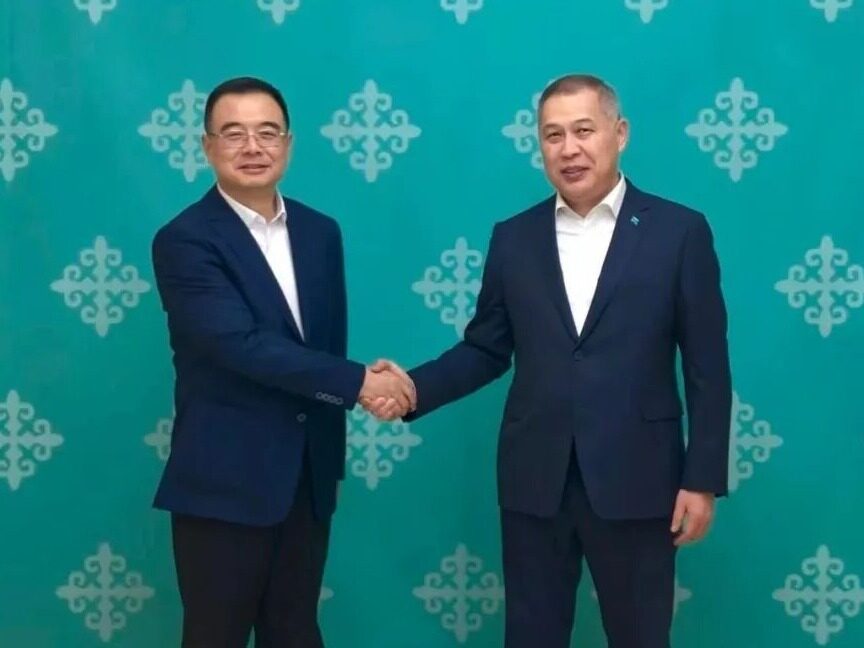
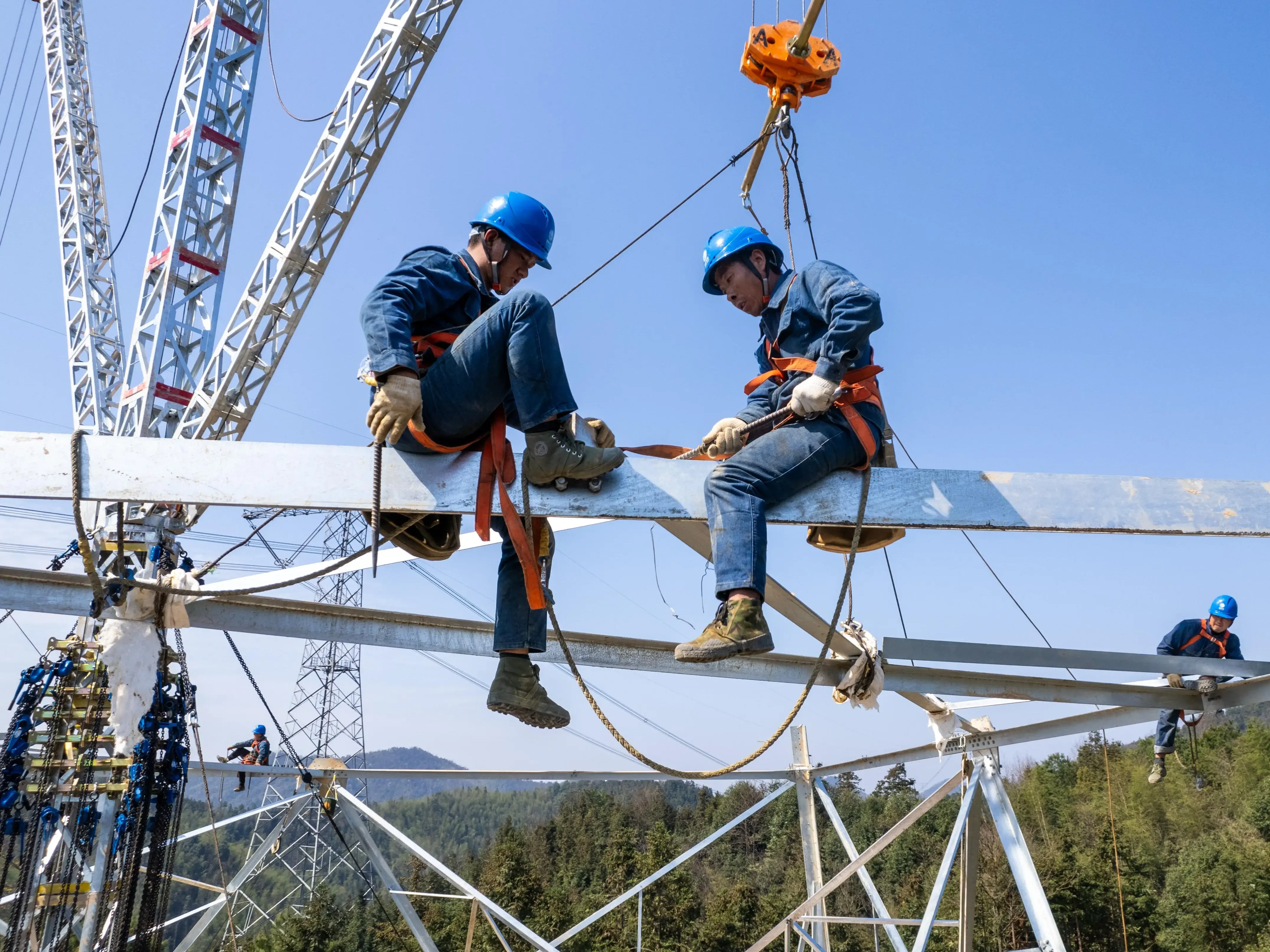
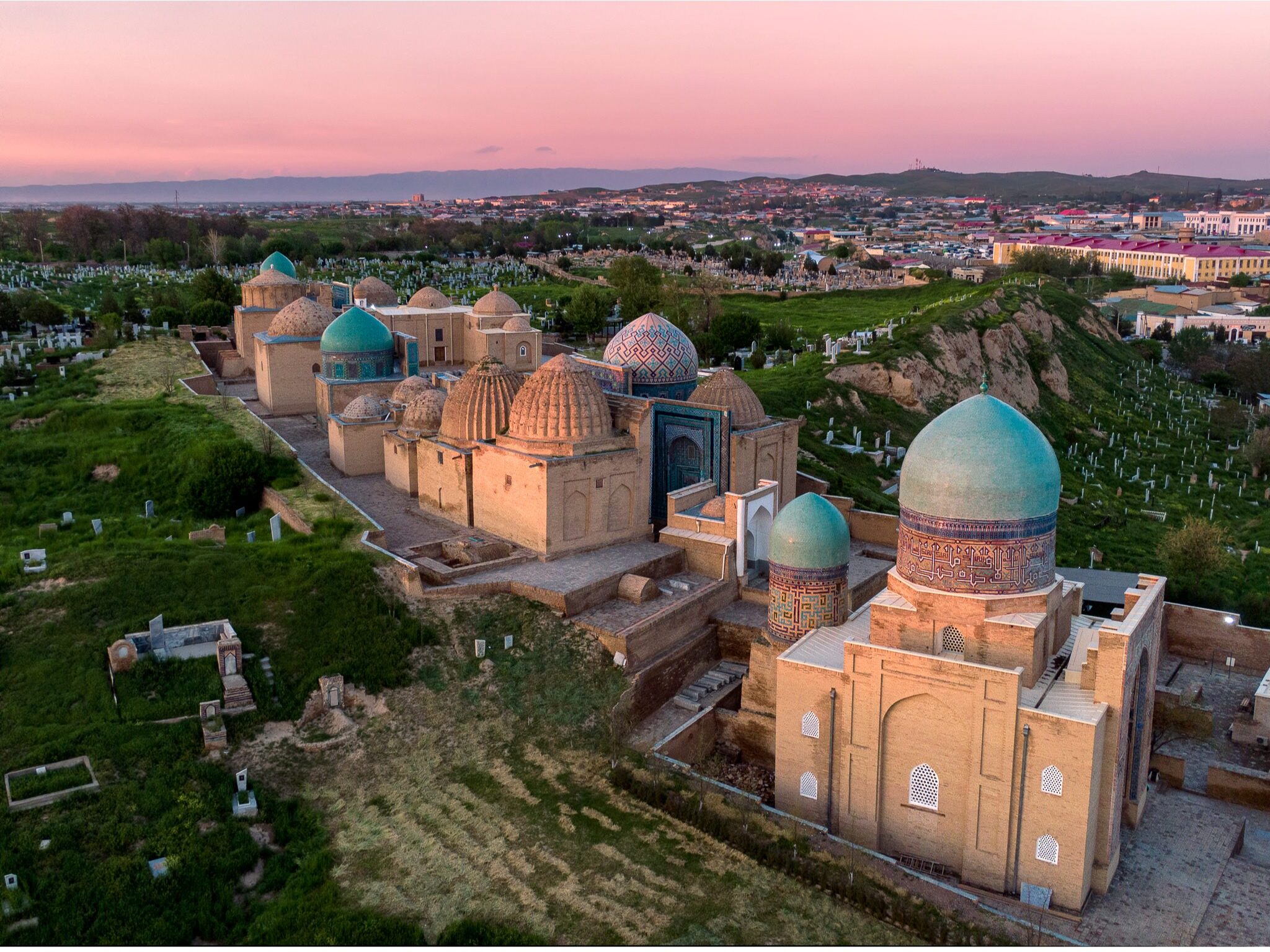
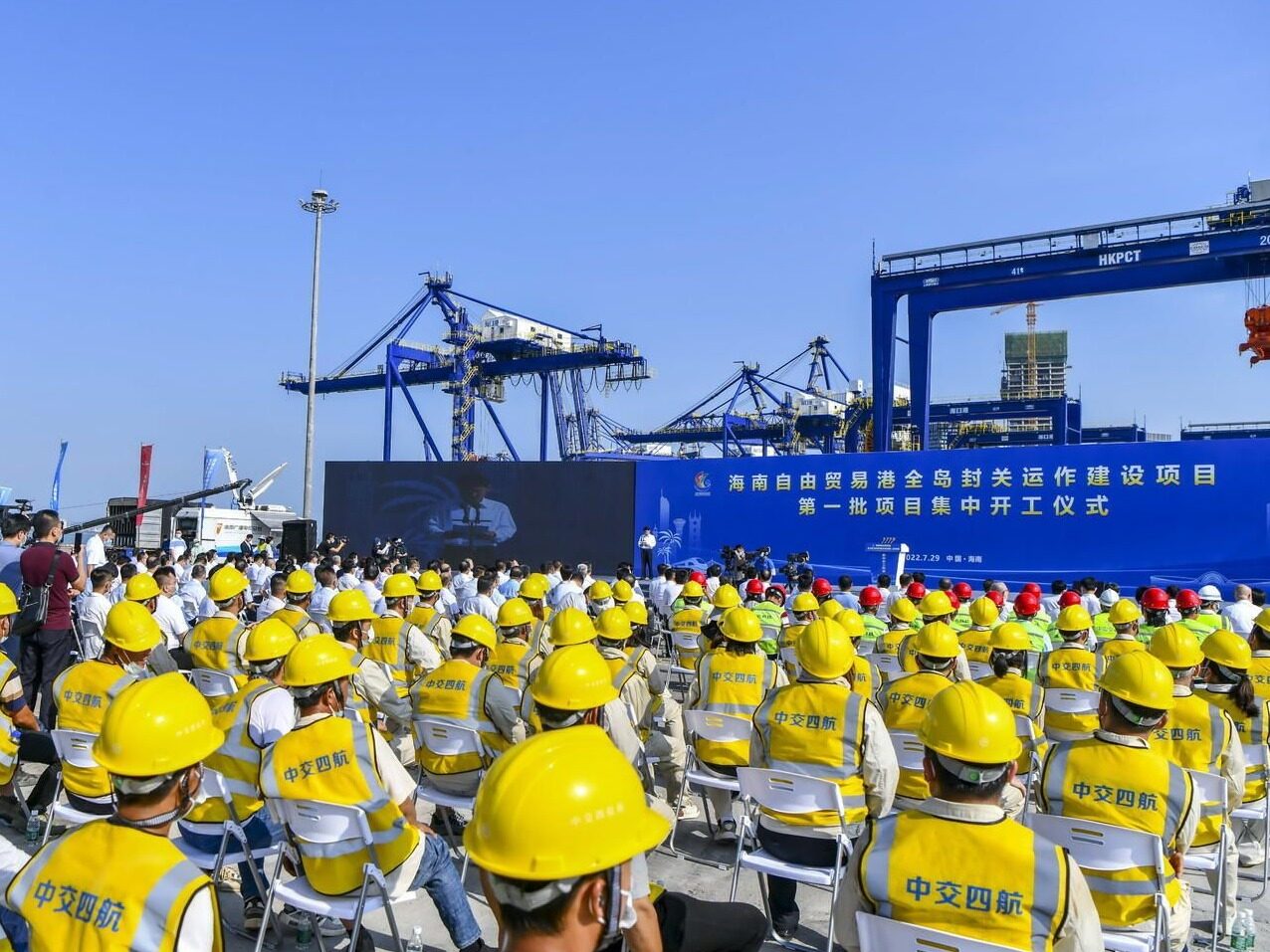
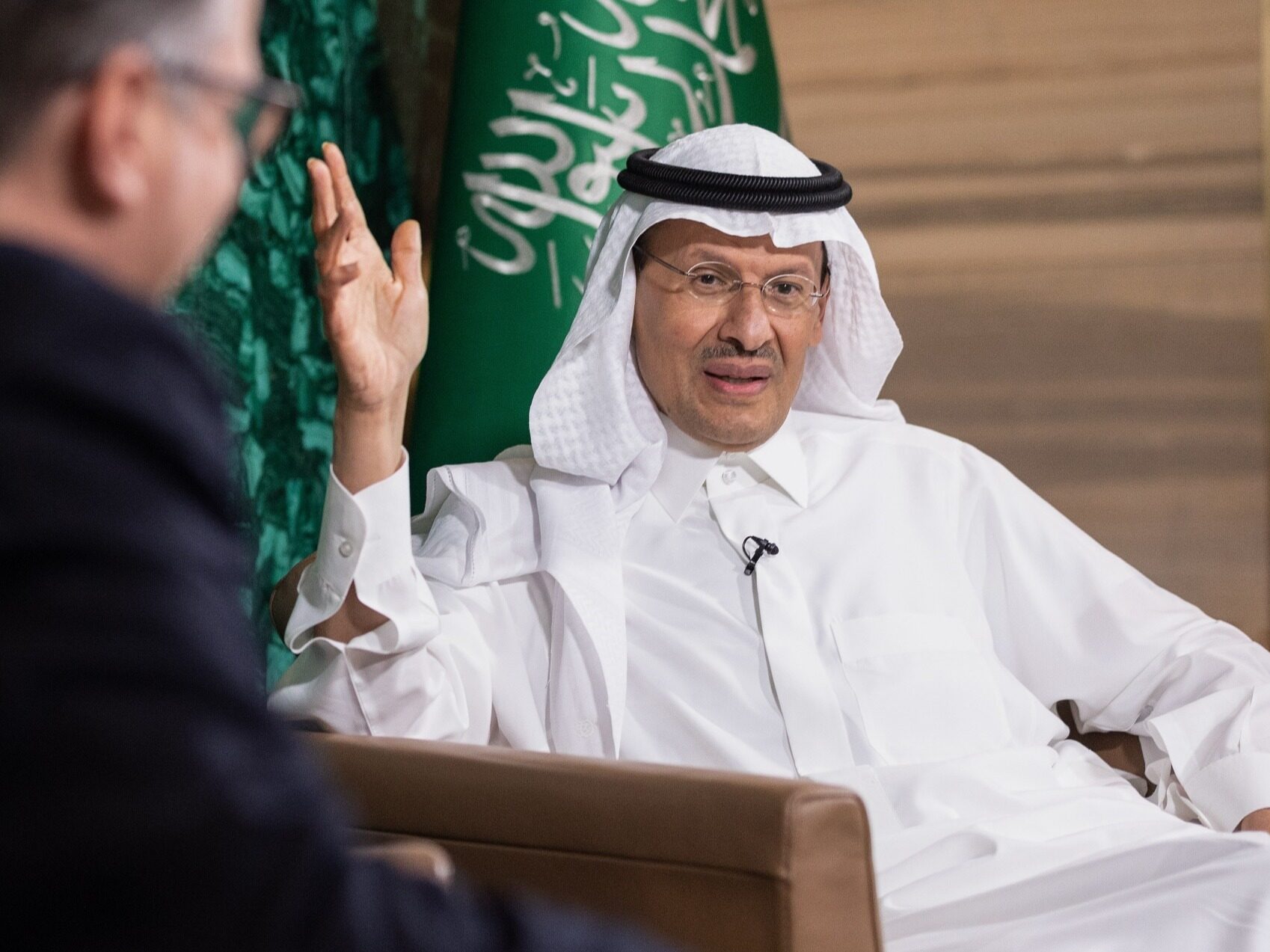
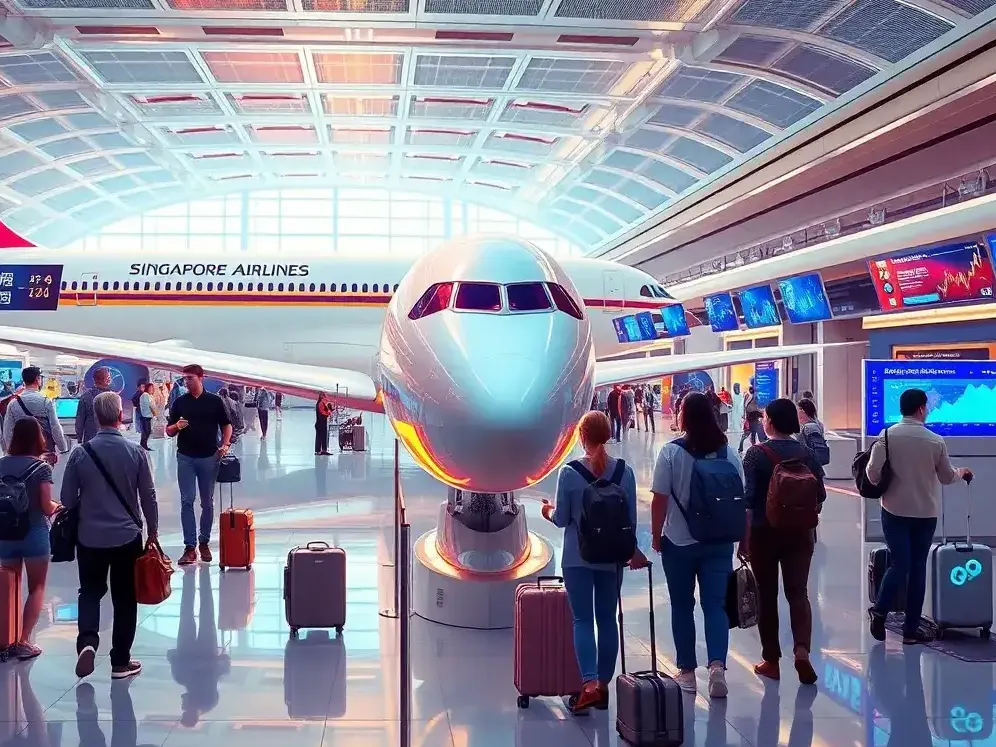






Write something~